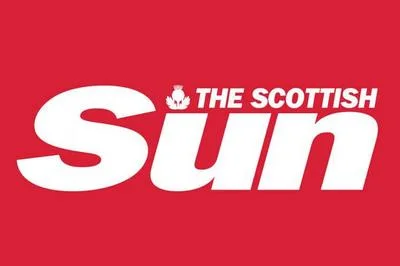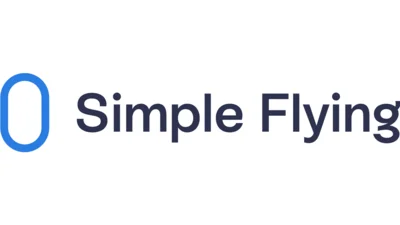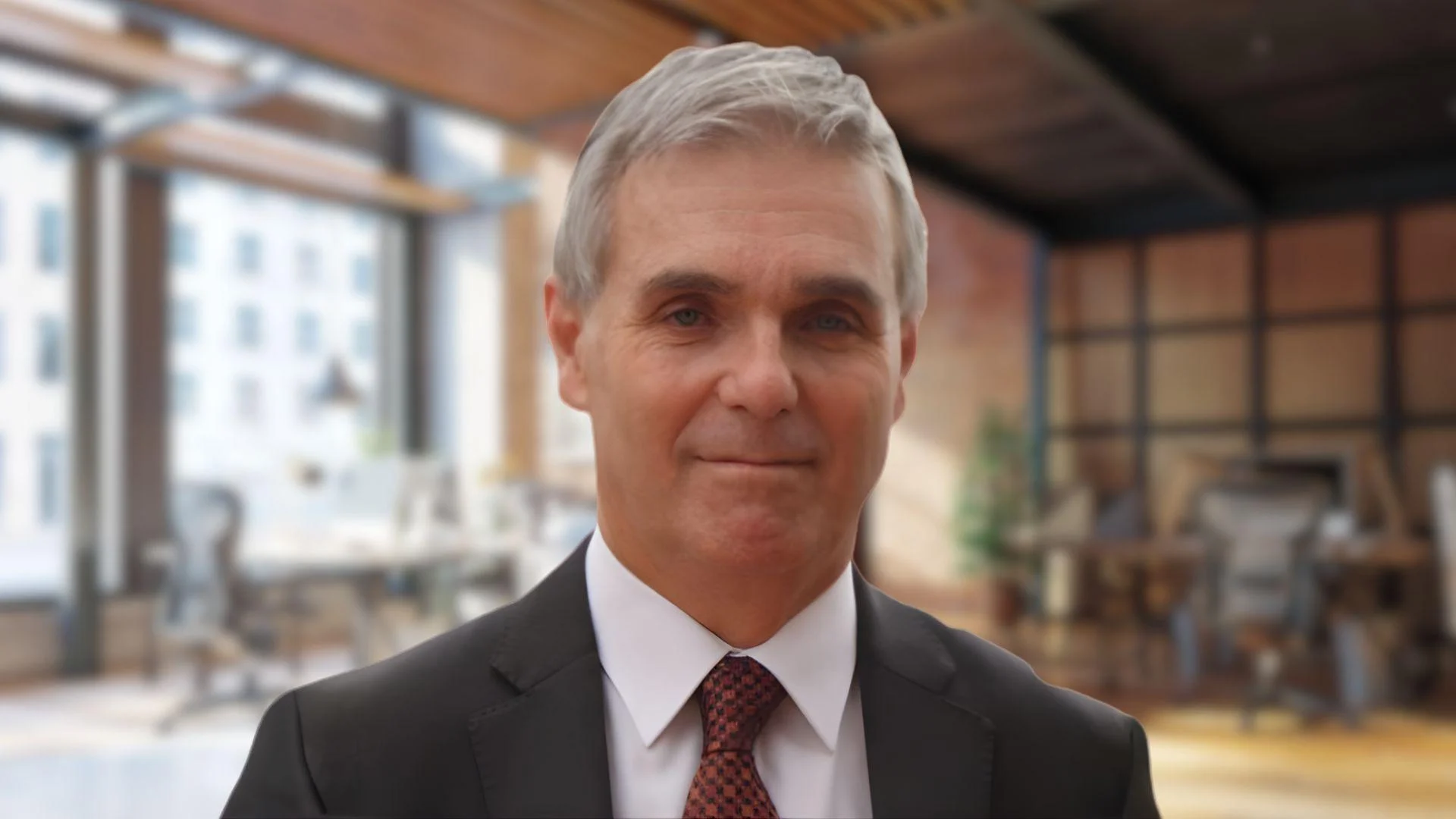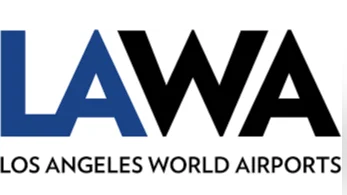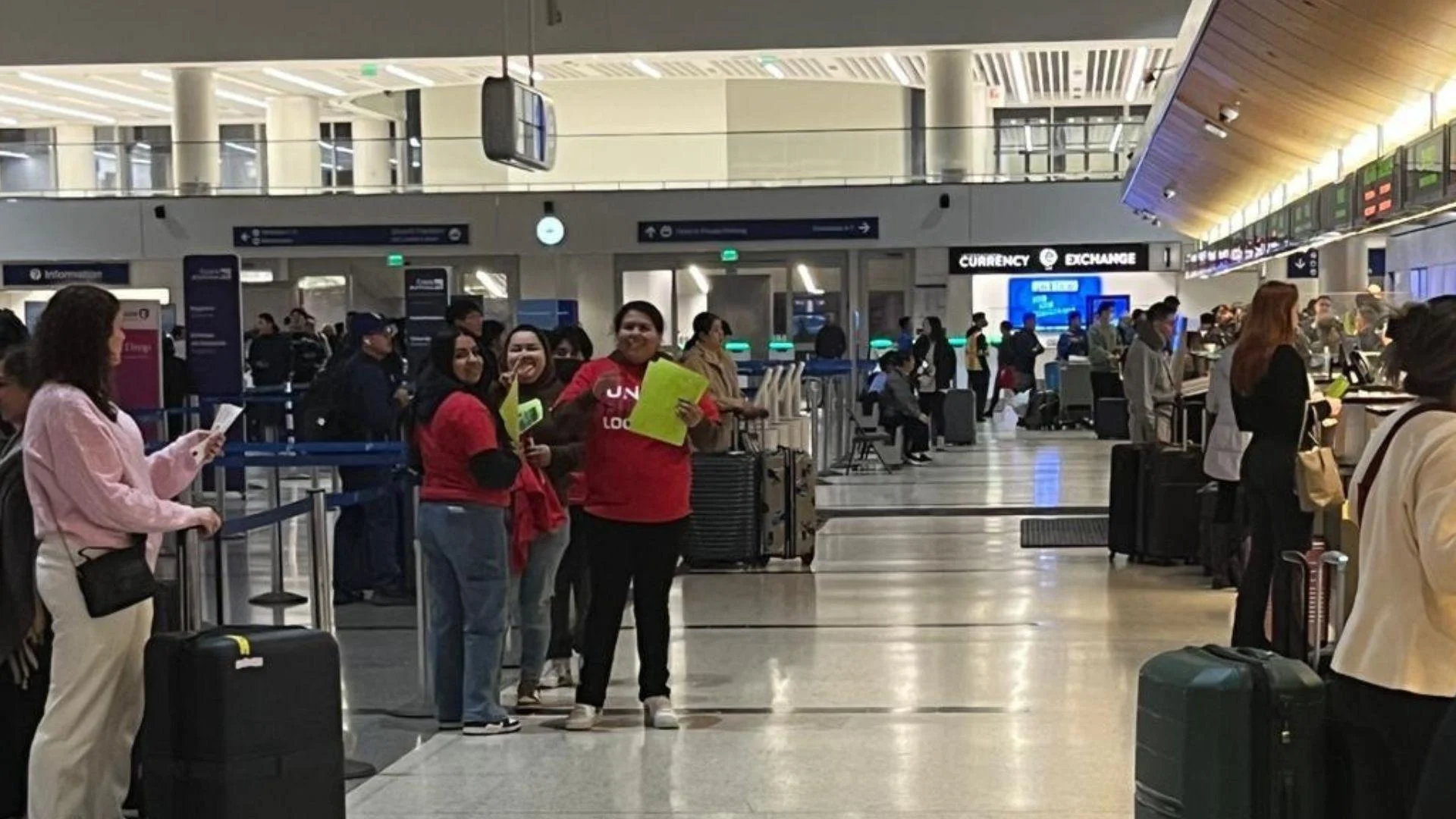Departing from New York LaGuardia was not without incident. An oil spill on a terminal taxiway led to last-minute gate changes and delays for the flight to Reagan National (DCA). The American Airlines iOS app efficiently notified passengers of these changes.
Despite its 16 years in service, Republic’s E175 was well-maintained. However, the interior design was unremarkable and unbranded, which may reflect either American’s design choices or the nature of regional jet rotations among carriers.
The first-class seat in row 1 was in good condition and equipped with power outlets including a USB-A port but lacked a USB-C port. No pre-departure beverage was offered—an omission noted by frequent American passengers—but given the short duration of the flight, it was not considered significant.
In-flight connectivity was provided via Intelsat's ATG-1 system. Although priced at $13 for full access, T-Mobile customers could connect for free. Unlike some competitors, American does not offer a free messaging plan but provides complimentary stored streaming video content available above 10,000 feet—a feature less useful on such brief flights.
After an uneventful flight with light refreshments served onboard, arrival at DCA faced minor delays due to ground crew unavailability.
The return journey from Washington Dulles to New York JFK with Delta did not proceed as smoothly. Alerts from the Flighty iOS app indicated previous cancellations involving the assigned aircraft. Despite assurances from Delta that there were no mechanical issues, a two-hour delay occurred just before boarding due to required inspections conducted minutes before departure time—a situation poorly communicated by Republic Airways.
Efforts by airport staff to secure an alternative aircraft were thwarted when it suffered a bird strike. As Delta did not officially cancel the flight initially, obtaining a hotel voucher required direct interaction with an airport agent rather than through self-service options available via their app.
Delta’s iOS app struggled with updating travel plans amid multiple changes and failed to display accurate boarding information or passes until resolved manually by gate agents who anticipated these issues.
The following morning’s flight featured a newer E175 aircraft distinctly branded for Delta. The cabin design included signature Delta elements enhancing the passenger experience akin to mainline operations. A pre-departure beverage was provided this time around.
Delta's inflight connectivity used Intelsat's ATG-4 system supporting free messaging services—an ideal feature for short flights—though streaming video services had been discontinued across its regional fleet over a year ago. Power outlets were available but without USB ports.
Upon completion of another quick snack service onboard, arrival at JFK occurred slightly ahead of schedule.
Both airlines demonstrated strengths and weaknesses during these flights; however, Delta appeared more consistent in aligning its regional jet experience with mainline standards.
 Alerts Sign-up
Alerts Sign-up
























